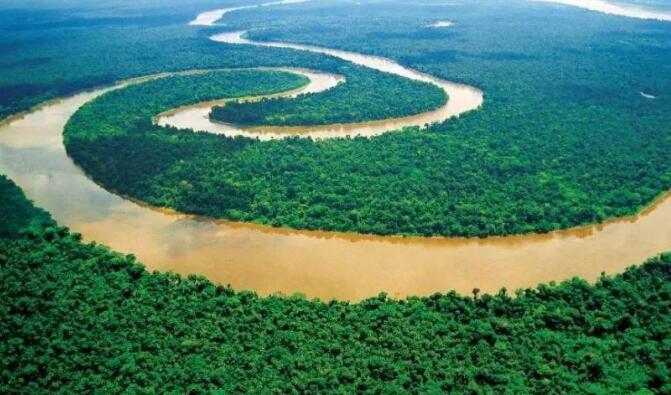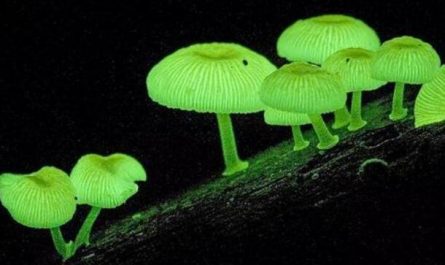The Amazon rainforest fire has attracted worldwide attention. Many media said that the lungs of the earth were lit. Even French President Macron said on his personal social media that the Amazon rainforest provides 20% of the earth’s oxygen.
The famous American meteorologist Professor Scott Denning pointed out that this statement is wrong. The oxygen we breathe does not come from the forest, but from the ocean.
To understand this, we must first realize that all the elements on the earth are constantly circulating between the land, ocean and atmosphere, and oxygen atoms are no exception. There is no doubt that oxygen originally comes from photosynthesis of plants.
One third of terrestrial photosynthesis occurs in tropical rainforests, and the Amazon rainforest produces a lot of oxygen every year. However, the residual branches and leaves left by plants after death will be rapidly decomposed by microorganisms, and the decomposition process will consume the same amount of oxygen. Therefore, most of the oxygen produced by photosynthesis on land will eventually be consumed. Land plants contain oxygen to the atmosphere. The contribution value of the quantity is almost zero.
In that case, how can we keep oxygen to the maximum? The answer is to remove the organic matter produced by photosynthesis from the oxygen cycle and prevent them from being broken down. There is a place on earth that offers this possibility, and that is the deep ocean.
A large number of seaweeds live on the surface of the ocean. They produce a lot of organic matter through photosynthesis, most of which are eaten by fish, and a small part of the uneaten organic matter will sink to the bottom of the sea. There is severe oxygen deficiency and microorganisms cannot survive. Organic matter is preserved, avoiding the oxygen cycle.
In fact, the total amount of organic matter removed from the oxygen cycle is very small, roughly equivalent to 0.0001% of the Earth’s annual photosynthesis production, but after hundreds of millions of years of accumulation, the effect has appeared. Now the oxygen in the earth’s atmosphere is like this little by little. To accumulate.
In other words, the oxygen we breathe is the result of a large amount of organic matter being removed from the oxygen cycle. Organic matter is usually represented by carbon. The organic matter removed from the oxygen cycle is the “carbon sink” we are familiar with, which is much higher than the total amount of organic matter in the organism.
According to the professor’s estimation, even if all the creatures on the earth are burned out by a fire, the oxygen content in the atmosphere will only decrease by 1%. In other words, no matter how many forest fires erupt, the oxygen on the earth will be enough for us to breathe for millions of years.
Of course, this is not to say that the Amazon rainforest fires are irrelevant. Not to mention anything else, the tropical rainforest is the place with the highest biodiversity on the earth. A large number of species only live there. A fire is likely to extinct many species that have not yet been discovered by humans. The loss caused cannot be measured by money. of.
The next question is, where did the organic matter that sank on the bottom of the sea go? The answer is oil and gas. In our development of chemical energy, we essentially reintegrate the carbon sinks accumulated over the past tens of millions of years into the oxygen cycle. The biggest problem is not the resulting decrease in oxygen, but the increase in carbon dioxide, a by-product of the decrease in oxygen. This is a very strong greenhouse gas, and its concentration largely determines the surface temperature of the earth. This is how global warming comes about.






